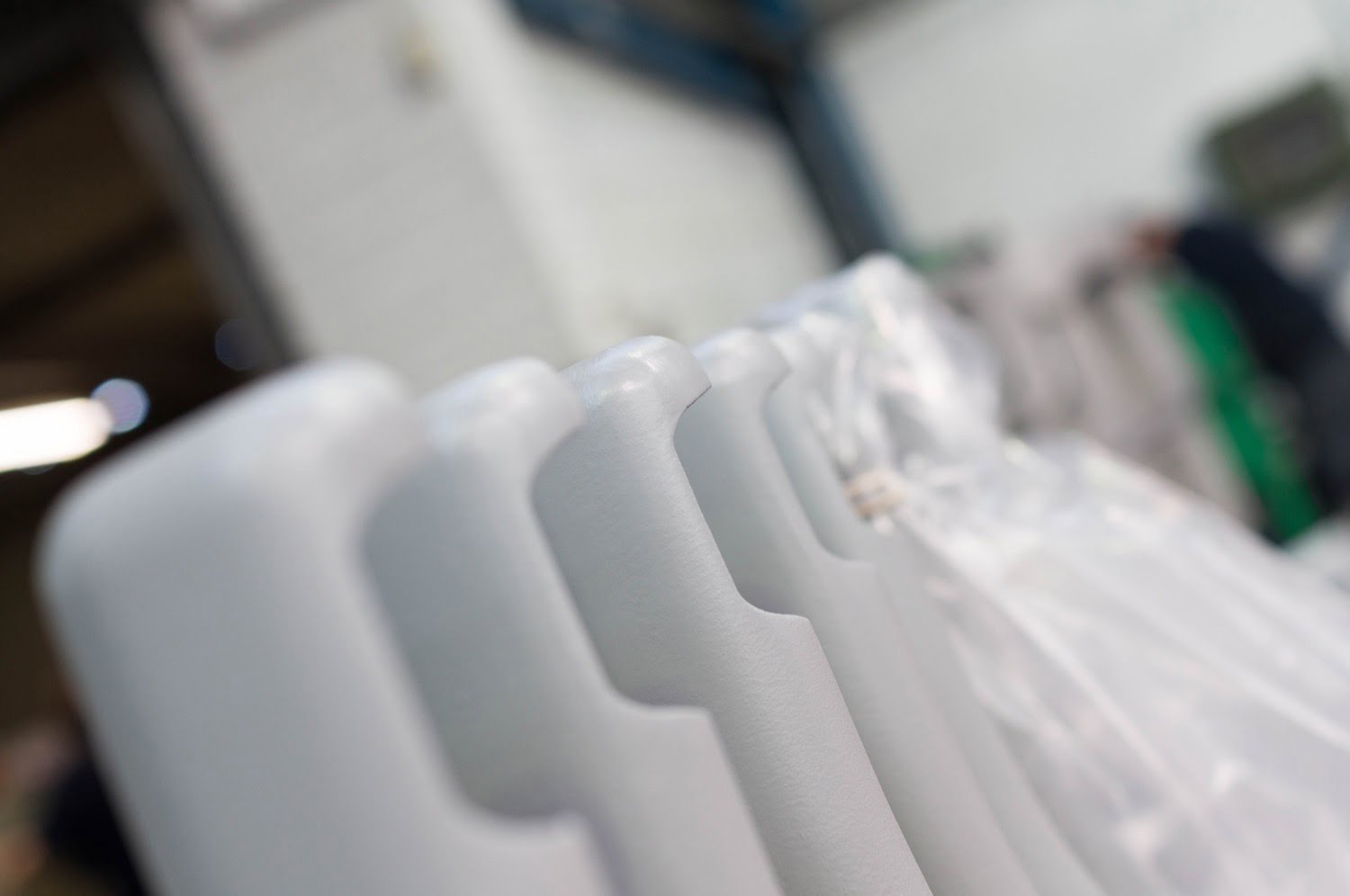Published - 11th Jul 2017

In the last blog, we looked in detail at anodising – a popular technique used widely across industry to enhance surface protection on parts. This time, we will be turning our attention to another finishing process that offers similar benefits while using a very different approach – alochroming.
Alochroming, also known as chromating or alodining, is a chemical treatment used to improve the durability and surface finish of aluminium and other metals. This process chemically oxidises the surface of the part to achieve this.
There are many benefits to alochroming, including:
This technique is often used as a pre-treatment as it provides excellent adhesion for paints and other coatings.
In alochroming, a chemical coating is applied to the cast part. The solution reacts with the metal to form a protective surface layer. This process can be carried out by chemical immersion (in a bath), spraying or brushing.
Due to the excellent electrical conductivity, alochromed parts are widely used in electrical and electronic components. Other applications include car body and aircraft parts, tools and household goods.
Alochroming can be used on a range of metals, including aluminium, zinc and magnesium.
Both processes use the principle of chemical oxidisation. However, alochroming uses a chemical treatment rather than an electrical current.
Whereas alochroming coats the surface of the metal with a thin film, anodising forms a much thicker barrier. For this reason, alochroming is used for aesthetic requirements but anodising is the preferred option when superior abrasion and wear resistance is needed.
If you would like to find out more about our finishing techniques, please call us today on +44 (0)1794 512685 or email us: sales@haworthcastings.co.uk
If you have a project, talk to our experienced sales team
Contact us